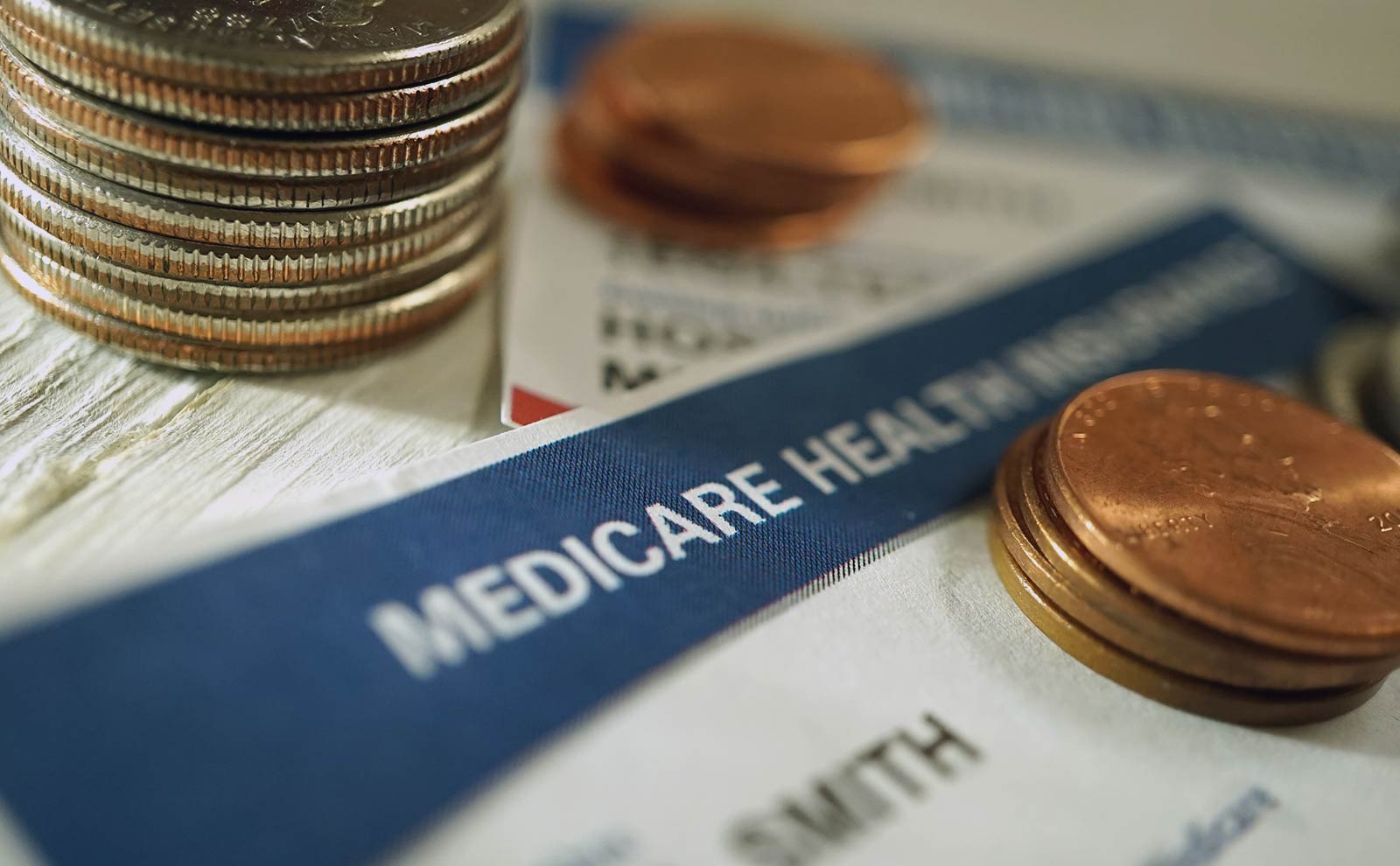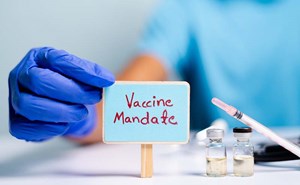ACEP continues to work to ensure that you have the resources and regulatory flexibility you need to effectively and safely treat your patients during the COVID-19 pandemic. As discussed in a previous blog post, the Centers for Medicare & Medicaid Services (CMS) has implemented essential waivers to Medicare payment rules to protect you while providing patient care. While CMS has enacted numerous waivers that impact different types of health care providers, there are a couple that have particularly affected you as emergency physicians. Specifically, CMS has allowed you to:
- Provide emergency telehealth services to your Medicare patients no matter where you or your patient are located—using the emergency department (ED) evaluation and management (E/M) codes, observation codes, or critical care codes. These codes most appropriately reflect the value of the services you are delivering.
- Perform the medical screening exam (MSE), a critical Emergency Medical Treatment and Labor Act (EMTALA) requirement, remotely using telehealth equipment.
Although there aren’t any national studies that evaluate the effect these specific waivers have had on health care spending and quality during the pandemic, I’ve heard from many of you that the waivers have been instrumental in keeping both you and your patients safe and may have reduced overall health care costs.
So how long will these flexibilities last? There are two factors that determine the duration of all of the waivers: the Secretary of the Department of Health and Human Services’ (HHS) declaration of a public health emergency and the President’s declaration of a national emergency. In general, CMS is using what is called “1135 waiver authority” granted to the agency through the President’s national emergency declaration to implement many of the waivers. While the national emergency declaration gives CMS the authority to issue these waivers, CMS has stated that the waivers themselves will only last for the duration of the public health emergency. Thus, both the public health emergency and national emergency declarations must be in effect in order for all the waivers to continue (noting that some of the flexibilities CMS has implemented could still continue for the duration of the public health emergency even if the national emergency declaration is lifted).
Based on recent reports, it appears the waivers will be in place for the foreseeable future. HHS Secretary Alex Azar first declared a public health emergency on January 31. Public health emergencies last 90 days, and before the first declaration expired at the end of April, the Secretary extended it for another 90 days. The current declaration is set to expire on July 25, but just this week, an HHS spokesperson stated publicly that the Secretary plans on extending it again. Thus, the public health emergency will likely last for at least another few months. With respect to the national emergency declaration, the President first declared COVID-19 a national emergency on March 13, and he has not stated publicly when he plans on lifting the declaration. A recent article from the Los Angeles Times quotes the White House press secretary as stating that the President is not looking to remove the national emergency declaration at this time.
ACEP strongly supports keeping both the public health emergency and national emergency declarations in place for as long as possible as we continue battling the COVID-19 pandemic. Removing either too early would force CMS to rescind some of the waivers that you are currently relying on—which could have a detrimental and potentially catastrophic effect on both you and your patients.
However, it is also important to think about which waivers and flexibilities should continue and which should expire after the pandemic subsides. While we believe that some waivers—such as an EMTALA waiver that allows hospitals to refer individuals to an alternative off-campus medical screening site for the MSE under certain circumstances—would be inappropriate to continue in perpetuity, there are others that we think should become permanent. For example, I’ve previously advocated for the telehealth flexibilities to remain in place and outlined the steps that both Congress and the Administration need to take to make that happen.
In terms of immediate next steps, the Medicare physician fee schedule (PFS) proposed reg that will come out this month should discuss CMS’ approach for evaluating which of the Medicare flexibilities can and should continue post-COVID-19. No matter what CMS proposes in the reg, we will be sure to have a strong response and will actively push for policies that will provide you with the flexibility you need to best serve your communities. Be sure to tune in to Regs & Eggs in the next couple of weeks for updates on this major reg!
I hope you and your families are able to safely celebrate July Fourth this weekend. Until next week, this is Jeffrey saying, enjoy reading regs with your eggs!






